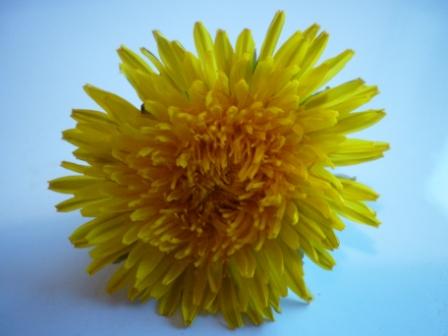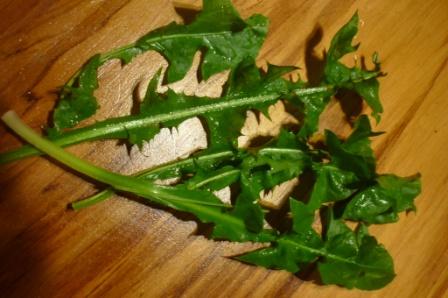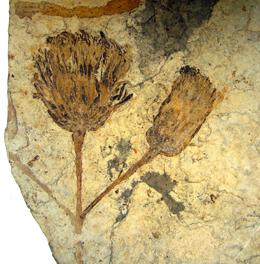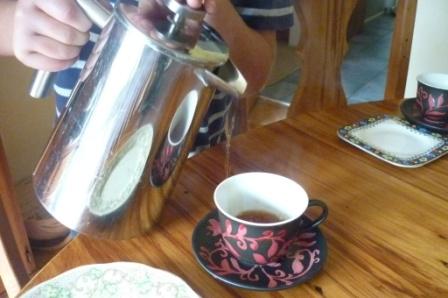 |
|
| > Welcome > Health Reporter > Why Eat a Dandelion?
|
|
|
11 June 2018 I hear you asking, "Why eat a dandelion for good health?" Surely there are more "normal" ways to health? A pill from the health shop perhaps? Or maybe a prescription medicine from a doctor? In these end times of the world, we wake up every morning to news of confusion, strange political decisions, rumours of wars, increasing illness, and natural disasters. We see urgency, do you? Even this simple little website appears to be censored on the internet, as our visitors dropped suddenly on 12 February 2018, from more than 120 a month to just 20 visitors, or less, a month. We have spent hours working with IT people, and trying different fixes. We don't know what is going on? Do you? As confusion spreads across the world, more and more people just like you are thinking, “What’s going to happen to me and my family?” “How can I take care of my health and my family’s health?” Aim to Develop the Best Possible HealthAnd you are correct. Every single one of us needs to develop the best possible mental, physical and spiritual health. With this good health we can be alert to the changes in the world, and if we choose, we can correctly understand the unfolding events as foretold in the Bible.* And so, as you will soon discover, the humble dandelion, hated by many as a persistent weed, has a history of being a reliable and dependable food and drink for building and maintaining good health. Putting a little dandelion in your life is also simple and free. Did you see that? Free. As always, if you choose to eat a dandelion, first identify your dandelion. See How to Eat a Dandelion. Secondly, make sure you know the dandelion is growing on a clean (unsprayed) piece of ground. And thirdly, use your common sense – a little dandelion goes a long way. Start small. Don’t go overboard with enthusiasm. Even good things taken to extreme can be harmful. This article is provided for educational purposes only, simply educational, okay? Yes! All parts of the Dandelion can be EatenSo, all parts of a clean dandelion are edible: The roots, the leaves, the stalk and yes, the flower. The seed heads are no doubt edible too, not sure if a mouth of fluff would be very tasty though. See How to Eat a Dandelion. I have been eating leaves and flowers for a few months now, and I am here to tell you the tale, and my health has improved. How? Less bloating after meals; Less stomach cramps; Improved elimination; Increased weight loss without trying; Loss of sweet cravings; Improved eyesight; Less brain fog; Clarity of thought; Less need for supplements. Many Sources Prove Dandelion's Use for Food and MedicineHow can we be sure the dandelion is good for medicine? Just look at the dandelion’s botanical name: Taraxacum officinale “Dandelion’s botanical name, Taraxacum officinale, speaks to its use as a medicine — Taraxacum comes from the Greek and means “inflammation curative” and officinale is a common designation for medicinal plants. Its use predates written records. It’s mentioned in ancient Chinese and Greek materia medica as a liver tonic, digestive stimulant, and diuretic. The entire plant is edible and the leaves have been eaten throughout its vast growing range. It’s been used traditionally as a blood purifier, liver support, and tonic in traditional Western and Eastern herbalism. Dandelion contains numerous compounds that have been shown to be anti-inflammatory, anti-cancer, and antioxidant. As a food, it’s very high in vitamin A, potassium, magnesium, and a number of other vitamins and minerals.”1 Dandelion Used as Food and Medicine for at Least 1000 yearsThe dandelion has been used as food and medicine longer than written records, by ordinary folk, just like you and I. 2 But we do have written research about an elderly Korean general who lived in the 16th or 17th century and was mummified when he died. This elderly gentleman had dandelion pollen in his intestines, which researchers speculated was from eating a common salad of the day made with dandelion leaf and flower, or from drinking dandelion wine.3 Of course we don't know if dandelion wine was alcoholic, or just a tea or tincture. Dandelion predates Noah's FloodBut, evidence shows the dandelion predates The Great Flood in Noah’s time, found in the Bible, starting at Genesis chapter 6, because fossils of dandelions have been found! 4 Excuse me while I take a moment to make a little excited shout! Fossilized dandelion, from before Noah’s Flood! What a blessing we have in the humble dandelion – Noah must have taken dandelion seeds with him into the Ark! This particular fossil was found in Patagonia in 2002.
In fact one of the reasons the dandelion has spread all around the globe, is due to hundreds of generations of people moving around the planet. In the days before biosecurity at the borders of nations, immigrants made absolutely sure they had precious seeds and other plant material so they could prevent ill health, as well as treat disease and ailments, and have something fresh and green to eat in early spring, to pluck from the wild as a welcome treat. Yes, dandelion greens and even fried flowers were considered a treat. Here's a quote from March 16th 1867: "The dandelion also is an excellent field plant. The latter was designed for our use. In the order of nature, it was the first palatable vegetable that comes forth in the spring season, and man should eat it."5 Specific Ways Dandelion can Improve HealthResearch abounds on why man should eat dandelions. From traditional herbalists, to cooks, to peer reviewed journal articles, it's hard to ignore the nutrient density and healing properties of dandelions. As I'm chewing on my little handful of raw dandelion leaves in the morning, I think of this list from The Detox Miracle Source book by Robert Morse ND (2004 edition): “DANDELION - One of nature’s top herbs.
An important study in 2014, found dandelion root, once extracted, contained 18 compounds known to be beneficial to human health. The most abundant "phenolic compounds" (good for health) were chlorogenic acid, caffeic acid, syringic and vanillic being the most abundant compounds. And for the first time, the flavonoids apigenin-7-O-glycoside, luteolin-7-O-glycoside and naringenin-7-O-glycoside were detected. You might want to look these compounds up. The authors conclude that: "The results of this study suggest that dandelion root is a good source of natural antioxidants and could be used in foods with the potential to delay the onset of diseases linked to metabolic derived reactive oxygen species (ROS)."7 In case you didn't know, diseases linked to ROS are wide ranging. These ROS are produced as a by product of some cell's activities, a little like carbon monoxide is produced as a by product of using fuel in our cars. The range of diseases linked to these by products called ROS include inflammation, insulin problems leading to diabetes, over nutrition also known as obesity, cardiovascular disease, cancer, aging, immune problems, bacterial defense problems and so forth. 8 And now, can you understand why dandelions have been used as a medicine, back beyond any recorded history? Even before The Great Flood recorded in the Bible? All parts of the dandelion are slightly bitter (as I sip on a mug of dandelion coffee), and we all remember that just the taste of bitterness in our mouths begins to send messages all over our bodies to special receptors, and then healing starts soon after. Add to that the antioxidant properties, and vitamins, minerals and trace elements, and right there is the simplicity of eating and drinking dandelion! I wonder what you will do with this amazing information, revealing Jesus Christ’s will to you at this time in the world? Don’t trust me, look for yourself. You could read about Noah’s Flood in Genesis chapter 6 and read through to Genesis 9:29. Or you could search up the names of the healing compounds found in the dandelion research. What will you do? * If you are unsure where Bible prophecy is fulfilling, you can find a good and true update at www.end-times-prohecy.org I don’t want to be deceived, do you? NEXT TIME: Dandelion’s and Detox. Let’s take a closer look at where dandelions grow, find out what a polar bear at the North Pole knows that we have forgotten, and wonder at the dandelion’s use in Bible times.References:
Posted: Mon 11 Jun 2018 |
|
|



